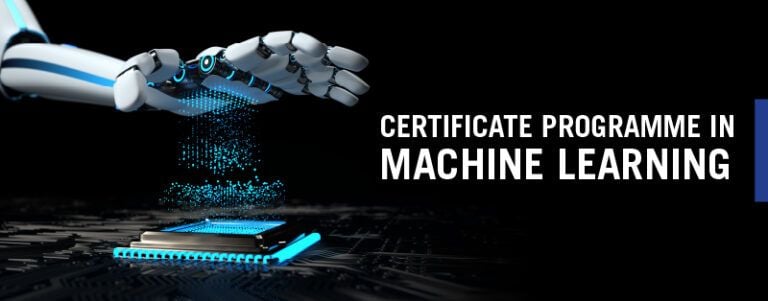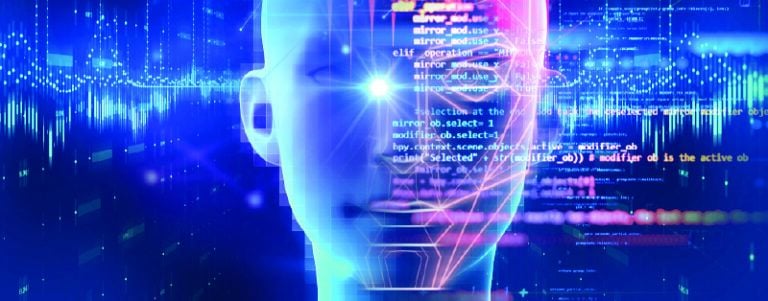ChatGPT vs. Bard: Which is Better Suited to Your Needs?

When ChatGPT was launched last year, it ushered in a new era of generative AI technologies. Suddenly, anyone could type in queries, and ChatGPT would give human-like answers in seconds. Since its launch in 2022, ChatGPT has had an estimated 100 million active users, making it one of the fastest-growing online platforms ever. The launch of ChatGPT and its unanimous acceptance pushed Microsoft and Google to tap into conversational AI. While Microsoft integrated ChatGPT into its search engine Bing, and increased its search engine market share from 3% to 16%, Google launched its first AI chatbot, Bard. In this article, we deep dive into understanding the ChatGPT vs. Bard comparison.
In this blog, you will learn:
- ChatGPT vs. Bard at a Glance
- What factors should data engineers and data scientists consider when choosing between ChatGPT and Bard?
- What are the limitations of ChatGPT and BARD?
- Frequently Asked Questions (FAQs)
ChatGPT vs. Bard at a Glance
ChatGPT and Bard employ natural language processing to understand prompts and return a human-like response. The critical distinction lies in the data sources and models on which they are trained and the user experience. Here we will try to understand ChatGPT vs. Bard in detail.
 1. Data Sources and Models
1. Data Sources and Models
ChatGPT and Bard utilize transformer architecture, a form of neural network. The former ChatGPT is trained on enormous amounts of data gathered from the internet. On the other hand, Bard is trained in LaMDA Sentient, a dataset that concentrates on dialogue and human-like conversation, which makes all the difference.
Additionally, Bard uses Google’s Pathways Language Model (PaLM 2) to offer real-time responses. Furthermore, it pulls data from Google, making it a perfect research tool.
On the other hand, ChatGPT uses Generative Pre-training Transformer 3 (GPT-3) with data sources up to 2021, making it perfect for text generation or writing.
2. User Experience
Bard has a better interface than ChatGPT. Besides the looks and appearance, it’s easier to scan for information on Bard than ChatGPT. Moreover, Bard talks back to users, something that ChatGPT doesn’t do. Users just need to click on the sound icon in the top-right corner to listen to Bard read out its responses. Additionally, Bard lets users search every response on Google and confirm the information. Furthermore, Bard is widely connected to the Google application system, making it easy for users to upload Bard’s response to their Gmail or Google Docs.
3. Purpose
Bard is perfect for research, and ChatGPT is a great writing tool. Bard’s output is helpful if one is looking for accurate and concise answers to any topic. That’s because Bard finds the most relevant information from Google and summarizes it for the users. This saves time, as users don’t have to go through different pages to find information. Moreover, Bard gathers relevant information and cites sources for the information.
On the other hand, ChatGPT is perfect for writing. That is, it can be used as a summarizer, translator, and in other textual roles. Additionally, ChatGPT is good at brainstorming blog ideas, writing long-form articles or emails, and coming up with content marketing ideas.
ALSO READ: ChatGPT vs. Google Search: Which One Should You Pick and for What?
What Factors Should Data Engineers and Data Scientists Consider When Choosing Between ChatGPT and Bard?
Here are some factors that data engineers and scientists must consider when choosing between ChatGPT and Bard for their Artificial Intelligence (AI) projects.
 1. Training Methodologies
1. Training Methodologies
ChatGPT and Bard have different training methodologies. While ChatGPT undergoes supervised learning and learns from a dataset containing text and code pairs, Bard uses reinforcement learning and learns from its errors. Therefore, data professionals must keep the training methodologies of ChatGPT and Bard in mind when choosing the perfect conversational AI for their projects.
2. Fine-Tuning
Fine-tuning means training a pre-trained language model for a particular task. ChatGPT exhibits higher flexibility in this process, accommodating tasks like language translation, summarization, and text completion. Additionally, ChatGPT exhibits a human-like intellectual approach toward text generation. On the other hand, Google Bard isn’t suitable for complex natural language processing tasks that require a broader range of context and knowledge. Data engineers and scientists can use Bard for accurate and real-time information for their AI projects.
3. Model Architecture
While both ChatGPT and Bard share the transformer architecture, they differ in layer and parameter counts. ChatGPT has a greater number, facilitating longer, more coherent responses. On the other hand, Bard has fewer layers and parameters, prioritizing training and inference speed efficiency.
4. Model Outputs
Although both ChatGPT and Bard can produce human-like language, their differences are clearly seen in the output format. ChatGPT generates conversational texts, making it ideal for chatbots and dialog systems. Meanwhile, Bard crafts a more structured text better suited for tasks like text summarization and language translation.
ALSO WATCH: Career Post Pandemic- What to Expect by Megha Gupta, HR Director, Fiserv
What are the Limitations of ChatGPT and Bard?
While ChatGPT and Bard have significant benefits, they still have certain limitations. Here are some limitations that one has to understand in the ChatGPT vs. Bard comparison.
1. Bias and Misinformation
The performance of chatbots depends on the quality of their training data. Biased or inaccurate training data could result in incorrect responses. For instance, ChatGPT often commits mistakes while responding to questions that are not in English. Therefore, the accuracy of a prompt depends on the training data, making users question the responses generated via ChatGPT and Bard for complex prompts.
2. Contextual Ambiguity
Both AI models might struggle when dealing with ambiguous or complex queries. This can result in less precise or unrelated answers.
3. Ethical Considerations
Conversational AI models can raise ethical concerns, including privacy problems, the possibility of being used for harmful purposes, and the obligation of developers to make sure that these models are transparent and accountable in their actions.
ALSO READ: Unlock the Benefits of AI-Powered Conversations with ChatGPT Plus
Frequently Asked Questions (FAQs) About ChatGPt Vs. BARD
1. Which Conversational AI Model, ChatGPT vs. BARD, is More Suitable for Real-World Applications?
Bard consistently retrieves data from the internet, providing users with real-time information. Therefore, Bard is more suitable for real-world applications.
2. How Do ChatGPT and Bard Handle Context and Generate Coherent Responses?
Both Google Bard and ChatGPT use advanced AI techniques to handle context and produce coherent responses. Google Bard leverages advanced natural language processing algorithms to ensure its generated text remains contextually relevant and coherent. On the other hand, ChatGPT has been trained on extensive internet text, allowing it to understand and respond contextually in conversations.
ALSO READ: Large Language Models: A Guide on Its Benefits, Limitations, and Future
Learn AI with Emeritus
If this ChatGPT vs. Bard comparison has piqued your curiosity about AI, and you want to know more about it, this is the right place. Emeritus offers many artificial intelligence courses from reputed universities. These courses will help learners understand modern technologies like conversational AI, natural language processing, computer vision, and chatbots.





